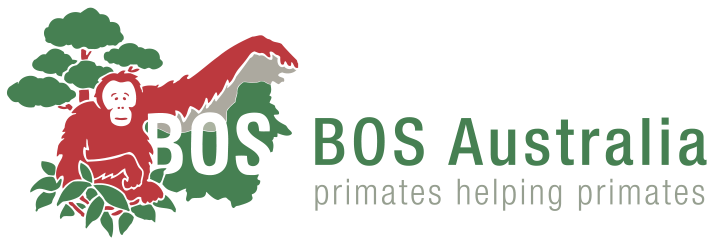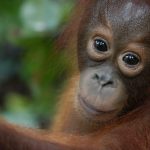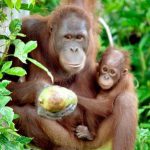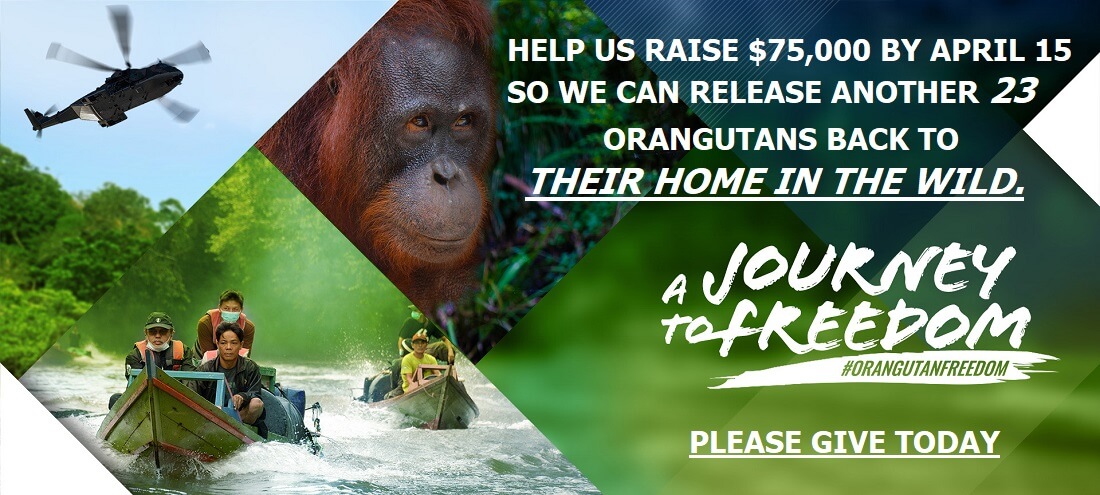BIODIVERSITY IN THE KEHJE SEWEN FOREST

Camp Nles Mamse, located in the Kehje Sewen Forest, is surrounded by the beauty of nature and unique flora and fauna.
Our Post-Release Monitoring teams regularly encounter exotic animals, like monitor lizards (Varanus salvator), binturongs (Arctictis binturong), orangutans (Pongo pygmaeus), malay blue-flycatchers (Cyornis turcosus), Baram River frogs (Hylarana baramica), and Rhinoceros hornbills (Buceros rhinoceros).
When our team members spot strange and curious creatures while working on projects around Camp Nles Mamse, they capture the experience not through traps but with their cameras. Taking photographs is fun and serves a fundamental purpose as we aim to record the vast biodiversity at home in the Kehje Sewen Forest.
Taking good pictures is one of the most critical steps in identifying an animal. Through photos, our team members can study and analyse the physical characteristics of these animals. In addition, taking pictures is a form of documentation and a means of communication, capturing a moment that may never happen again.
Our team members work alongside animals in their natural environment, going about their way. Therefore, it is essential to minimise activities that might interfere with this. As ‘neighbours’ of these exotic animals, we need to help maintain the stability of the forest ecosystem.
If we are mindful of keeping the Kehje Sewen Forest ecosystem stable, this, in turn, will help keep animals safe – including Bornean orangutans, which, as the name suggests, are endemic to Borneo.
Let’s all be biodiversity warriors by remembering to leave only footprints!








